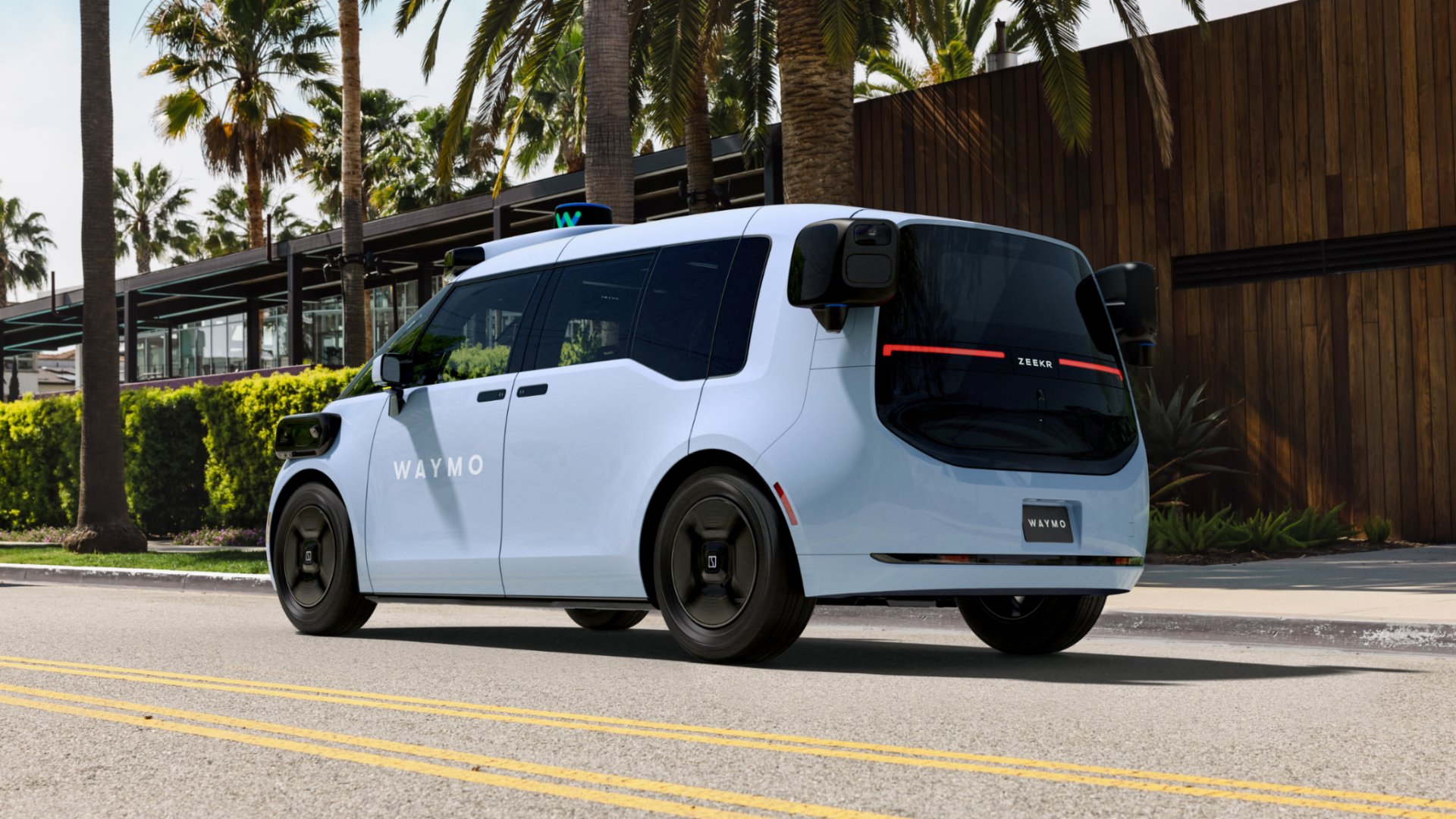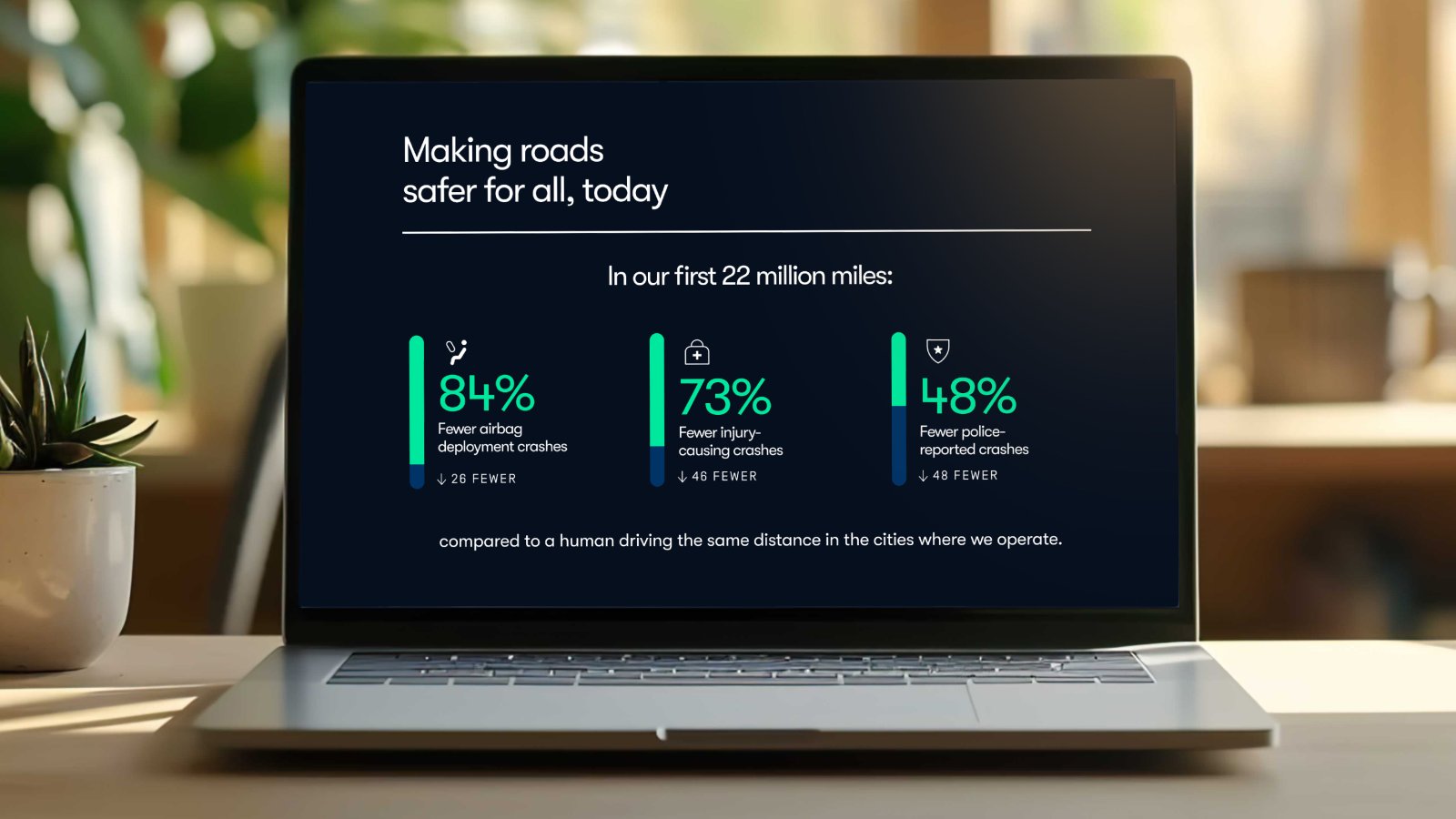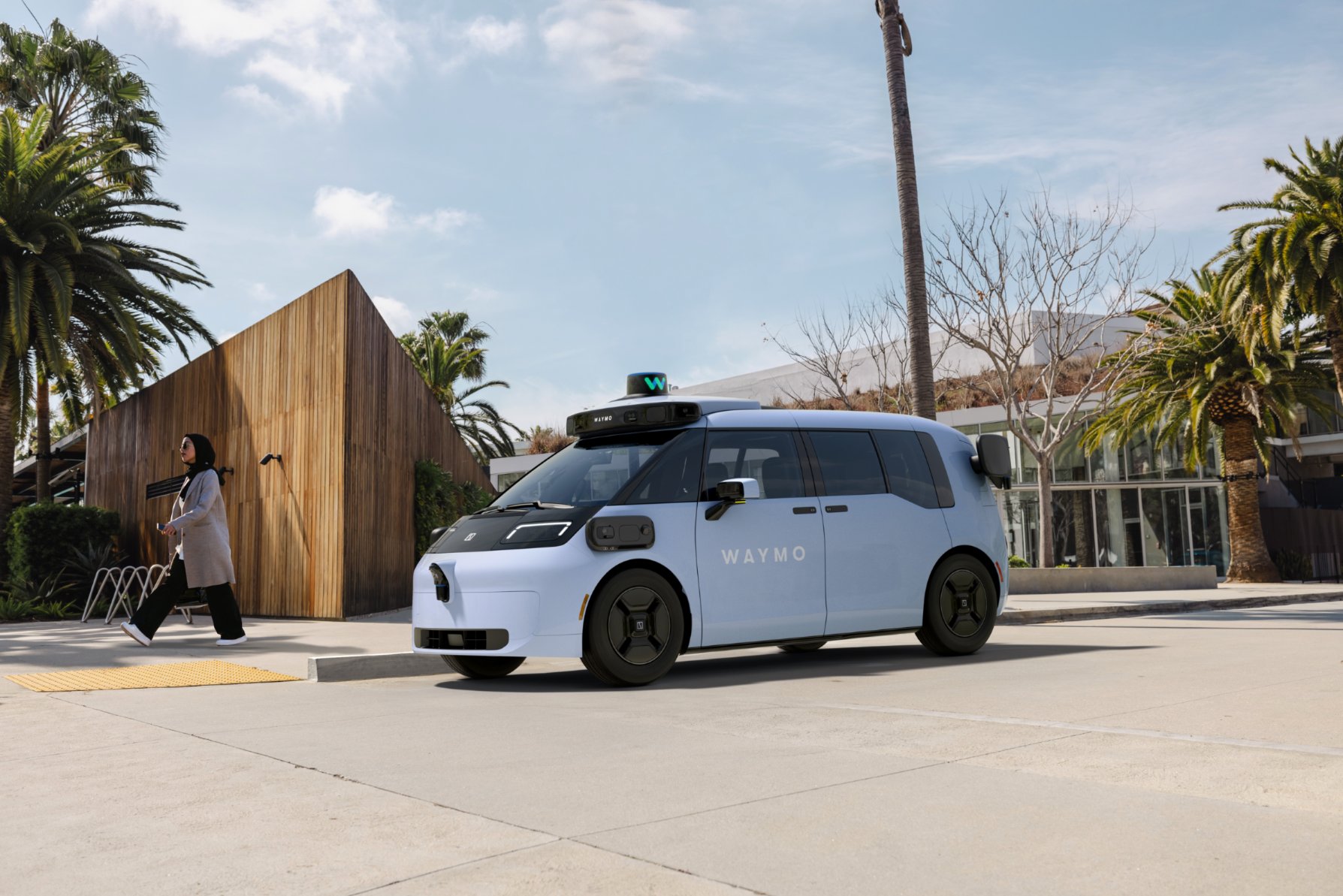Despite my reservations about the safety and reliability of self driving cars, it seems that many parents are increasingly willing to entrust their children to these autonomous vehicles. While remain cautious about the technology’s readiness, stories of parents using Waymo robotaxis to transport their unaccompanied children have become more common.
This trend, particularly evident in Phoenix, reflects a growing desire for a safer and more convenient alternative to traditional rideshare services. Concerned about potential risks associated with random drivers, parents are drawn to the promise of a self driving car that operates on pre-programmed routes and adheres to strict safety protocols.

However, while the technology has made significant strides, I believe there is still a long way to go before we can confidently say that these vehicles are truly safe for young passengers. One of my primary concerns is the potential for unexpected situations or emergencies that self-driving cars may not be equipped to handle.
While these vehicles are designed to process vast amounts of data and make real time decisions, they may struggle to respond effectively to unforeseen circumstances such as sudden road closures, adverse weather conditions, or aggressive drivers. Additionally, there is the risk of technical malfunctions or cyberattacks that could compromise the safety of passengers.
Furthermore, while self driving cars have the potential to reduce accidents caused by human error, there is still the possibility of accidents occurring due to the limitations of the technology itself. For example, self-driving cars may misinterpret road markings or fail to detect pedestrians or other objects in their path.
Until these concerns are fully addressed, I believe it is important for parents to exercise caution when considering the use of self driving cars for their children. Parents considering Waymo’s self driving car service for their children face a complex set of challenges. First, they must grapple with the inherent risks associated with autonomous technology.
While self-driving cars have made significant strides, they are not infallible. Simple obstacles like traffic cones can disrupt their operations, potentially leading to accidents. This uncertainty can be particularly unsettling for parents who value their children’s safety.
Second, Waymo’s age restrictions pose a significant hurdle. The company strictly prohibits users under 18 from using its services without an adult present. This policy is designed to mitigate potential risks and ensure the safety of young passengers. However, it also raises questions about the practicality of using self-driving cars for families with teenage children.
Third, the issue of legal liability in the event of an accident involving a robotaxi with a teenage passenger adds another layer of complexity. If a self-driving car were to collide with another vehicle or pedestrian, determining fault and assigning liability could be a complex legal process.

This uncertainty creates further concerns for parents who are already apprehensive about the safety of autonomous technology. The decision to use Waymo’s self driving car service for teenage children is fraught with challenges. Parents must carefully weigh the potential benefits against the risks and uncertainties associated with this emerging technology.
While self-driving cars offer the promise of convenience and safety, they are not without their limitations. As technology continues to evolve, it is essential for parents to stay informed and make informed decisions about the best transportation options for their families.

